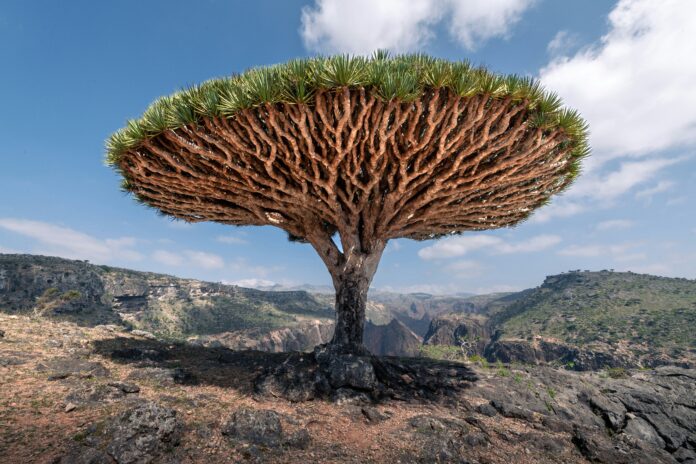
The Saudi Arabia & United Arab Emirates (UAE)-led war in Yemen has claimed more than 377,000 lives and left 18.2 million people, more than 55% of the population, in need of emergency assistance. Amid this catastrophic man-made humanitarian crisis, Yemen’s ecological treasures, including the biodiverse Socotra Archipelago, face an equally dire threat, further endangered by the UAE’s military occupation of the biodiverse Yemeni islands.
With over 90% of major armed conflicts occurring within biodiversity hotspots between 1950 and 2000, it is no surprise that Socotra, with its unique ecosystem and endemic species like the Dragon Blood tree, finds itself engulfed in conflict fueling further destruction. The archipelago, consisting of Socotra and its neighbouring islands, harbours species found nowhere else on Earth, making it a globally significant hotspot for biodiversity.
While Socotra’s isolation has spared it from the direct ravages of Yemen’s civil war, the encroachment of foreign powers threatens to unravel its delicate balance. The strategic interests of the United Arab Emirates (UAE) have brought devastation to this ecological marvel. Over the past six years, the UAE has pursued its ambitions in Yemen, consolidating control over Socotra as part of what experts have termed its “self-styled maritime empire.” This military occupation not only exacerbates the humanitarian crisis but also imperils Socotra’s fragile ecosystem.
Despite international recognition of Socotra’s ecological importance, ongoing conflict has hindered conservation efforts. The Dragon Blood tree, among the oldest surviving endangered forest communities globally, is famous for its bright red resin “Dragon’s Blood” and umbrella-shaped canopy. Endemic to the Socotra Archipelago in Yemen, a UNESCO World Heritage Site, these trees face near-extinction elsewhere. Over the last two decades, their population has substantially declined, endangering their existence.
UAE’s Military Activities on the Island
Funding for environmental protection has dried up, leaving native initiatives to save the Dragon Blood tree languishing. The Socotra Environmental Protection Authority, once a beacon of hope for conservation, now struggles to operate amidst the chaos of war. The conversion of the Authority’s building into a military headquarters by Saudi Arabia symbolizes the prioritization of conflict over conservation. Socotra’s residents witness their natural heritage being sidelined as the island becomes a pawn in geopolitical power struggles.
The Independent reportedly found UAE building a military base, communications networks and tourist resorts in efforts to turn Socotra into ‘a permanent military outpost-cum-holiday resort’. In preparation for welcoming more Emirati visitors, many parts of the island have already been bulldozed to build holiday resorts and other tourist infrastructure. The island is a biodiversity hotspot, home to 700 endemic species, and 70 percent of its land is protected. These infrastructure projects went ahead without conducting environmental impact assessments, such as undertaking construction to expand the Hulaf Port, the only seaport to the Socotra island, of which the UAE reportedly has control now.
UAE-Israel Military Alliance in Socotra
The UAE’s alliance with Israel further endangers Socotra’s future, introducing new dynamics to an already volatile region. After the signing of the highly controversial Abraham Accords in 2020 solemnizing the normalization of ties between the UAE and Israel, Socotran locals witnessed an influx of Israeli ‘tourists’ on the islands, which later reports found to be Israeli military experts instead.
In tandem, satellite imagery appeared in 2022 of a new mysterious military base on the island of Perim, another Yemeni island, displacing local fishermen and inhabitants. Similarly, in March 2024, a satellite image of yet another airstrip appeared on Yemen’s Abd-Al Kuri island, with “I Love UAE” written next to it with piles of dirt. Recent Google Earth satellite imagery shows the same airstrip labelled “US Air Base”. In light of these events, some have accused the UAE of establishing a military intelligence hub and missile defence system on the eco-fragile islands, which is also a crucial oil trading route, in partnership with Israel and the US.
With waning international funding for conservation and UAE’s increasing military presence and touristic infrastructure development, the spectre of extinction looms larger for the Dragon Blood tree, revered as a symbol of Socotra’s resilience. The loss of this endemic tree would be not only an ecological tragedy but also a cultural one, erasing centuries of heritage tied to Socotra’s unique environment, reflecting yet another case of loss of sacred creation at the hands of a few humans in their greed for power, resources and dominance.
Efforts to protect Socotra transcend borders and ideologies. It requires international cooperation to safeguard this environmental jewel for future generations. Diplomatic pressure must halt the archipelago’s militarization and ensure ongoing conservation efforts. Without collective action for the preservation of its rich biodiversity, including at a bare minimum advocating against the militarism advanced by UAE and allies, Socotra risks succumbing to human conflict and greed. Its fate symbolizes the broader struggle between conservation and exploitation, peace and conflict.


